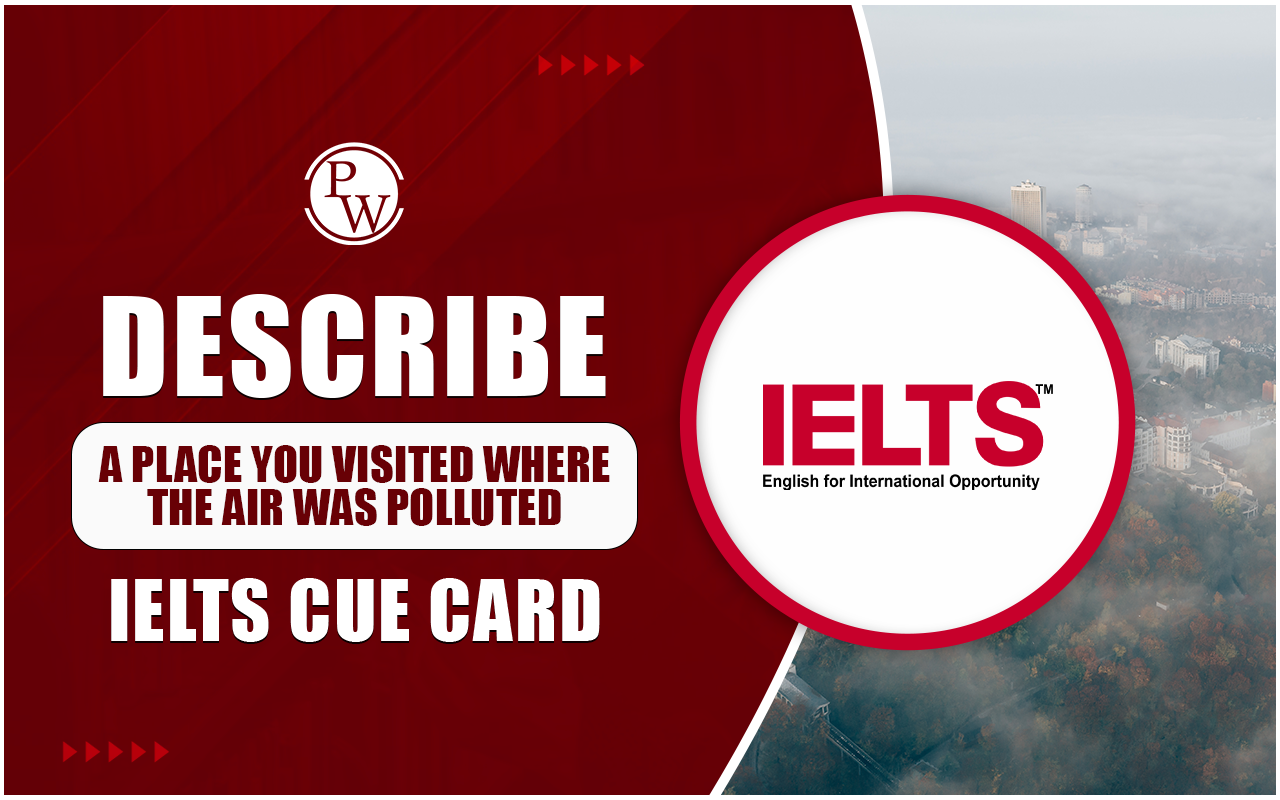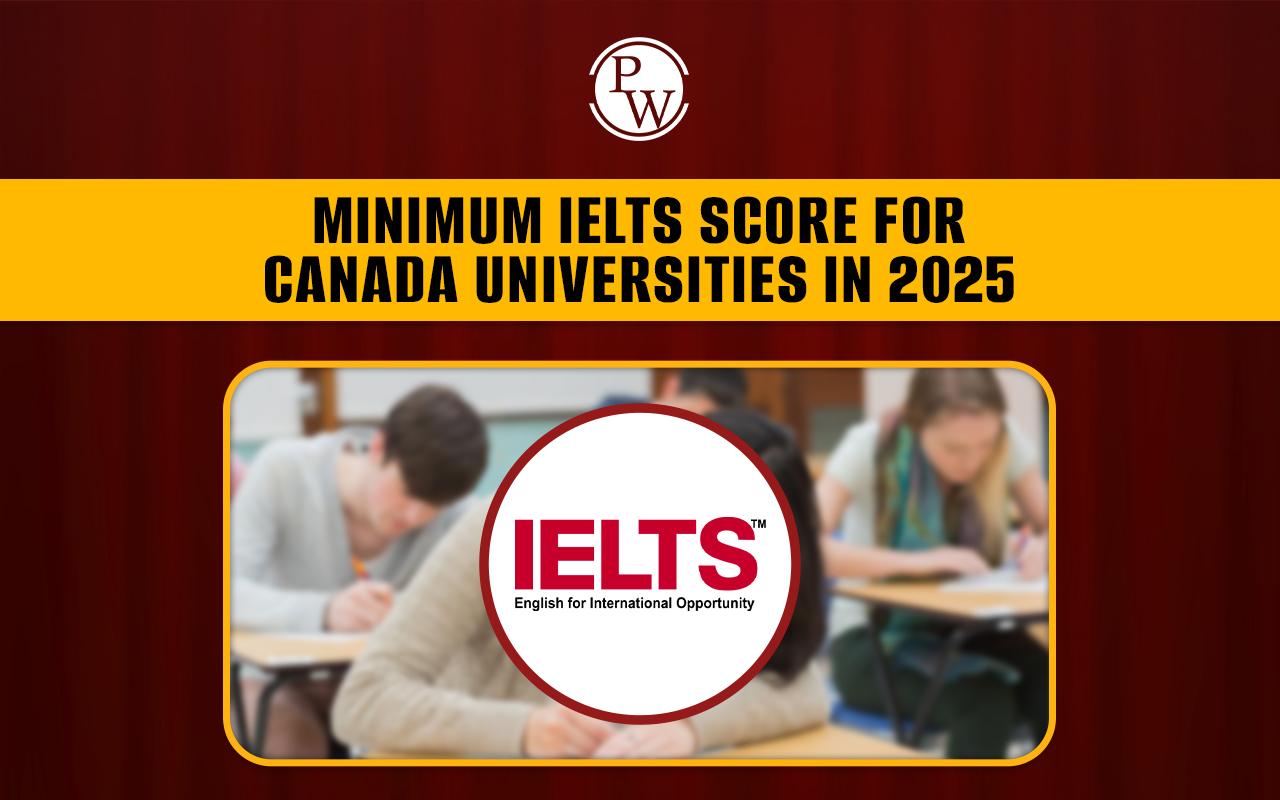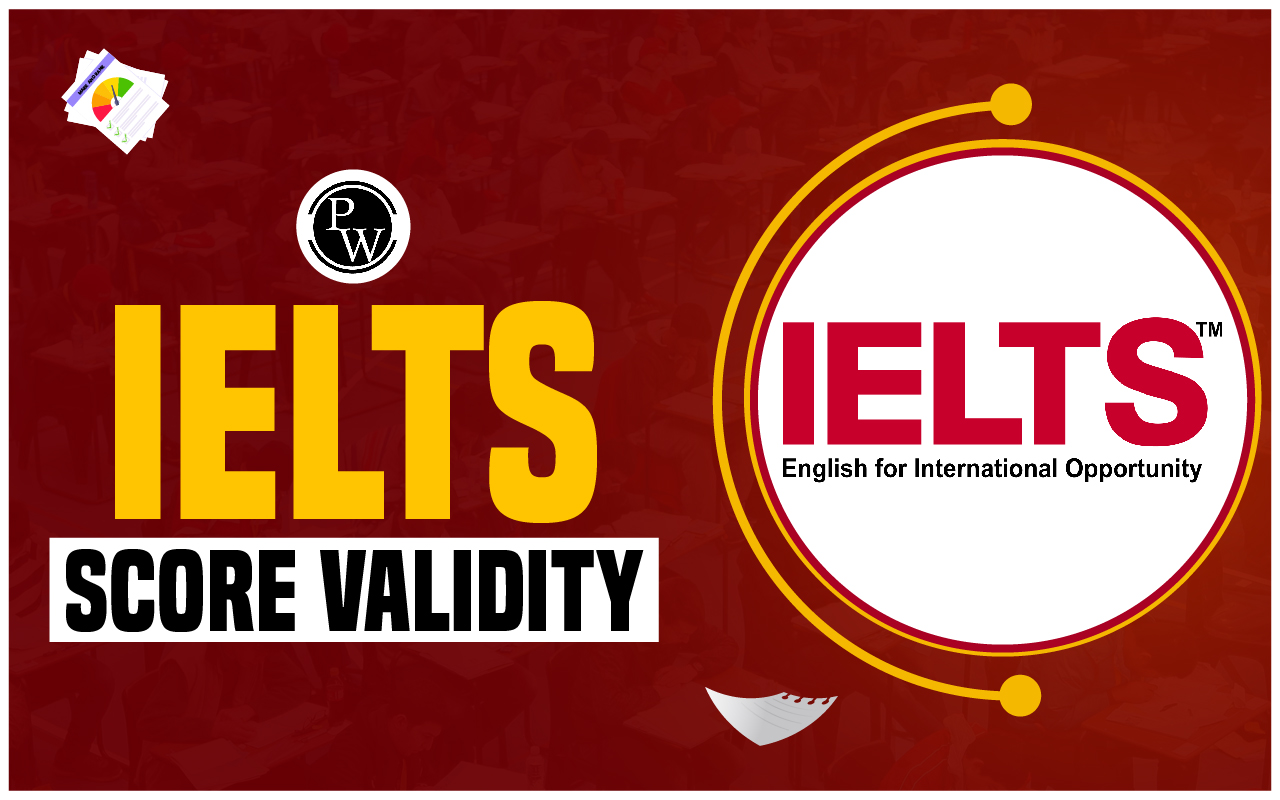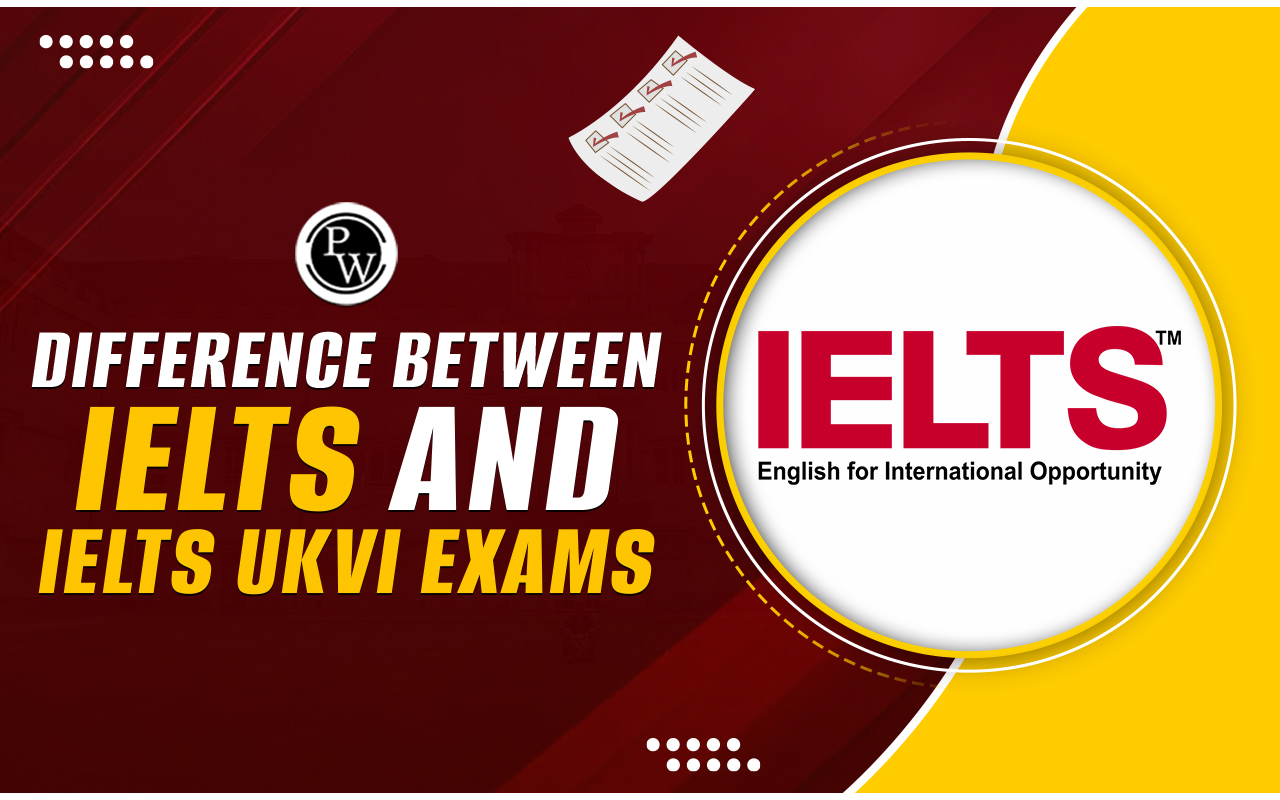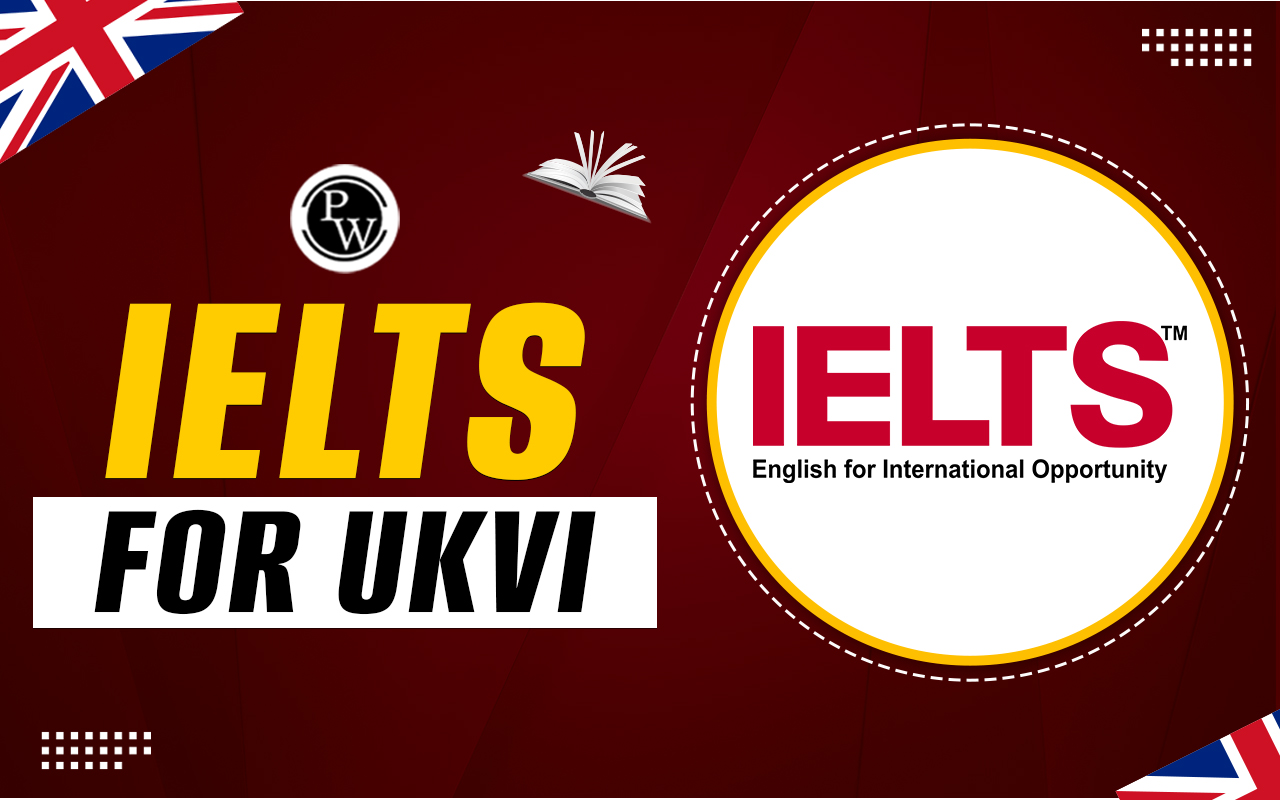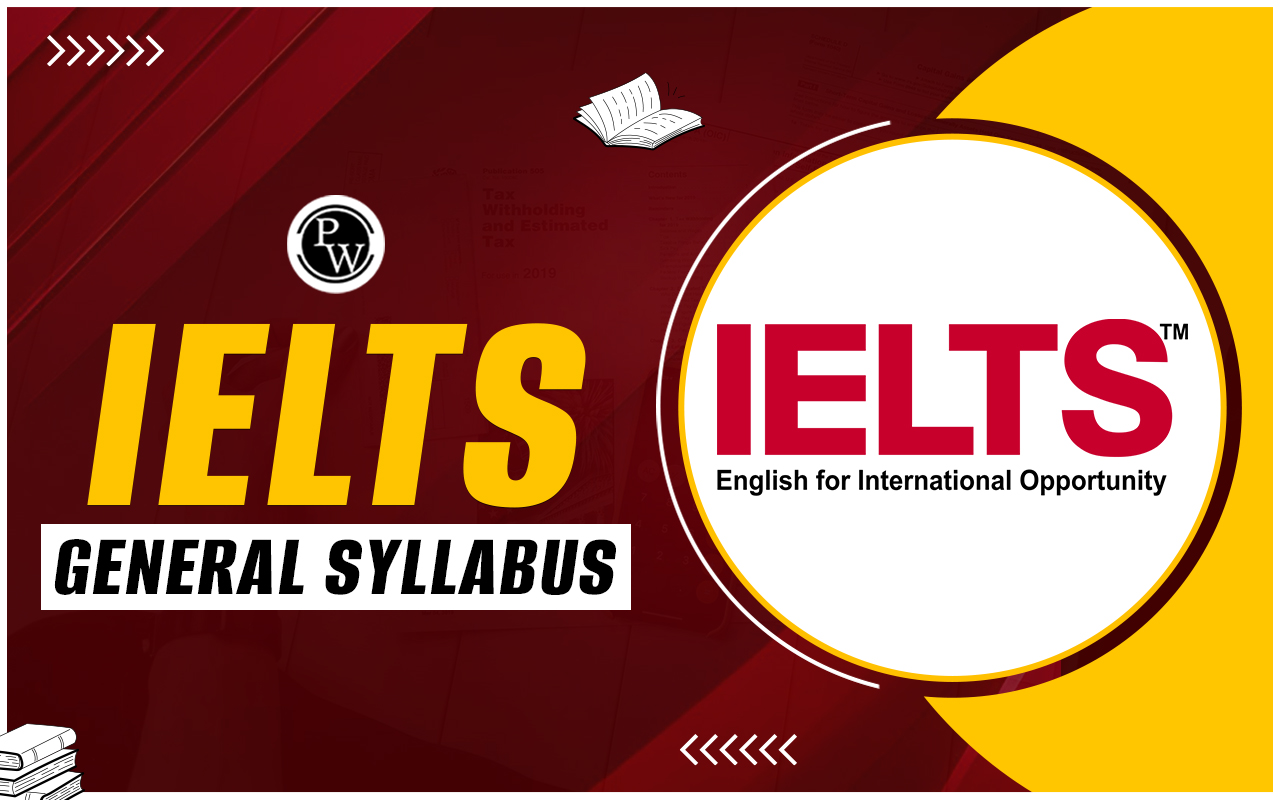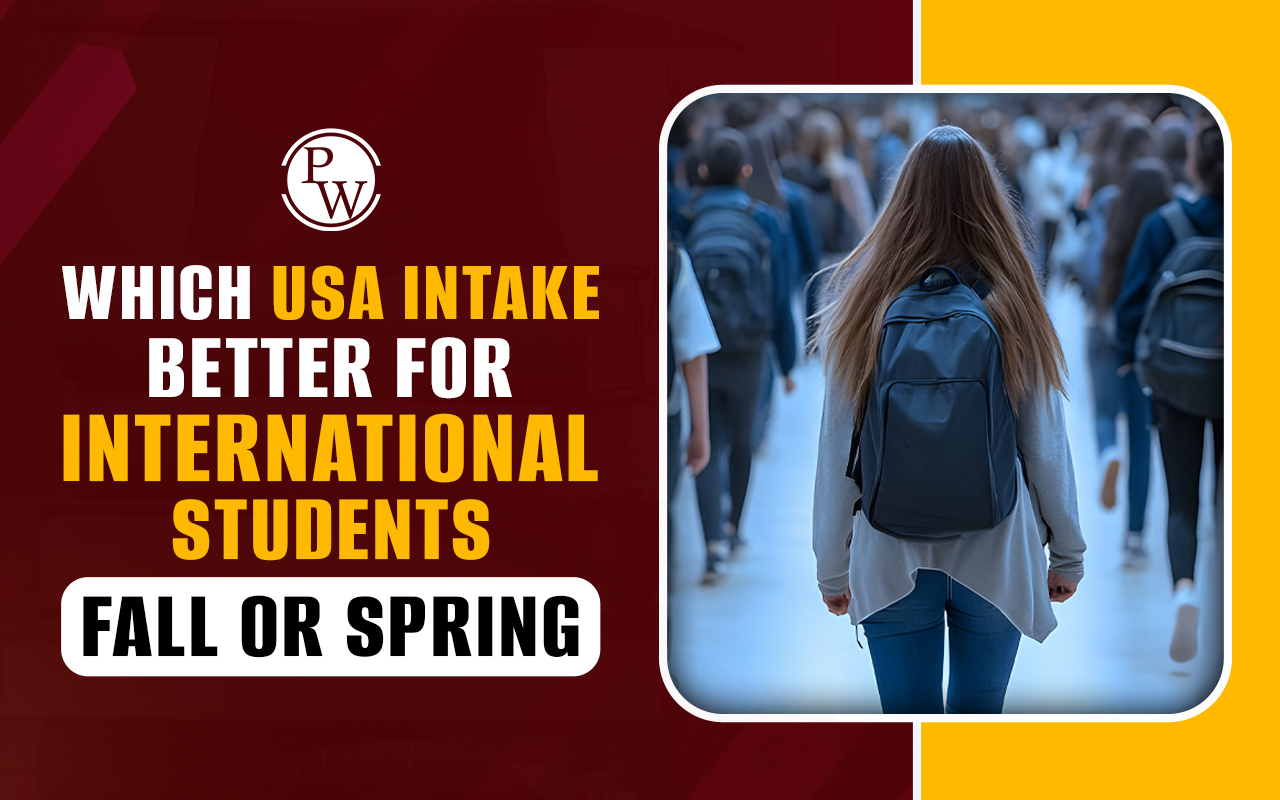
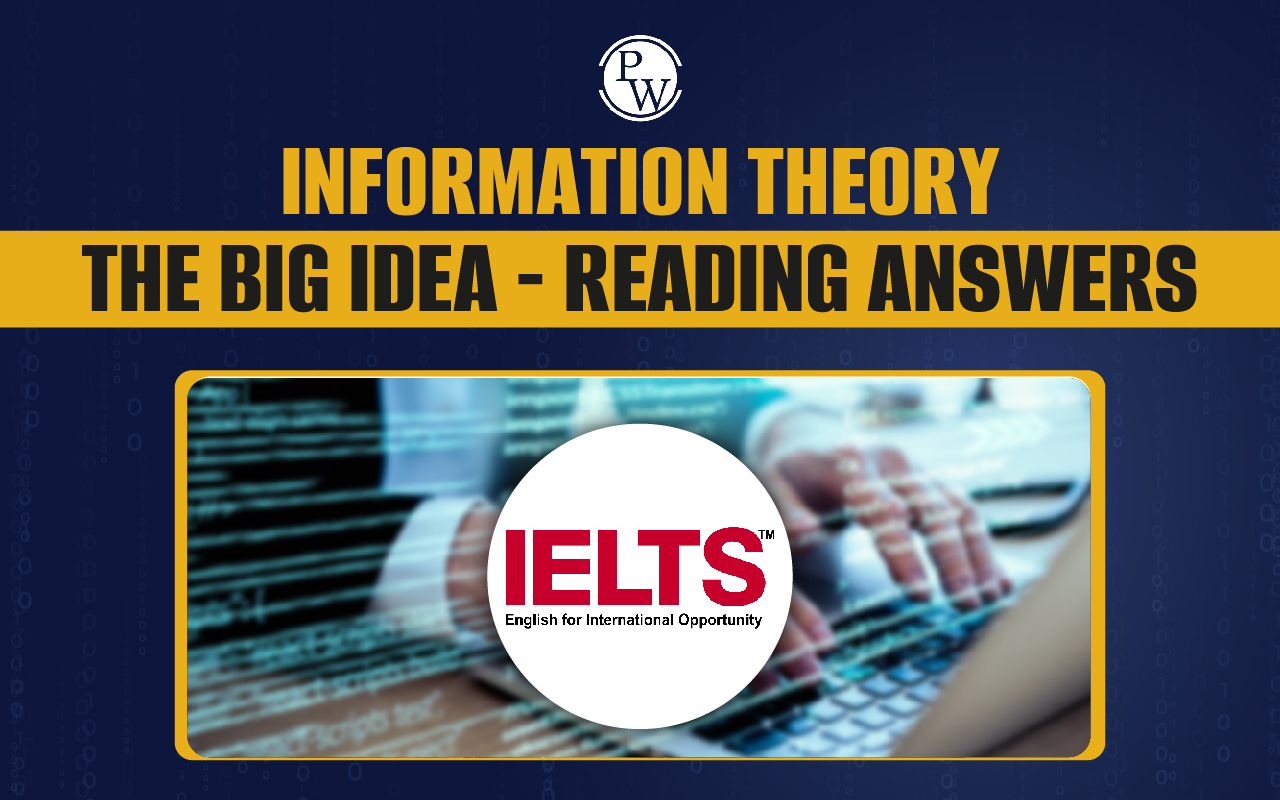
Information Theory The Big Idea Reading Answers: In the IELTS Reading test, questions on “Information Theory The Big Idea Reading Answers” are very common. The questions in the IELTS Reading Passage generally cover aspects of reasons for “Information Theory The Big Idea Reading Answers” and more. Therefore, preparing through the IELTS Reading practice test Information Theory The Big Idea Reading Answers can help students get an idea of the actual question types for the IELTS Reading test .
The IELTS Reading practice test generally includes 14 questions divided into two sections: IELTS Matching Headings and Multiple Choice Questions. The article covers a sample reading passage along with their answers for IELTS exam 2025 aspirants.Free IELTS Reading Practice Tests, Cambridge Sample Test PDF
Information Theory The Big Idea Reading Answers Passage
Information Theory- The Big Idea
Information theory lies at the heart of everything - from DVD players and the genetic code of DNA to the physics of the universe at its most fundamental. It has been central to the development of the science of communication, which enables data to be sent electronically and has therefore had a major impact on our livesInformation Theory The Big Idea Reading Answers Sample Questions
Information Theory The Big Idea Reading Answers: Questions 1-6List of Headings:The reading passage has six paragraphs: A – F Choose the correct heading for each paragraph from the list of headings below. Write the correct numbers, i – x in boxes 1-6 on your answer sheet.
- Paragraph A
- Paragraph B
- Paragraph C
- Paragraph D
- Paragraph E
- Paragraph F
Explanation: Paragraph A describes how NASA sent a repair message to Voyager I, emphasizing the challenge of communicating over 12 billion kilometers.
2. Paragraph B – ii. Shannon’s early influences and career
Explanation: Paragraph B highlights Shannon’s life, his early math talent, and his communication science contributions.
3. Paragraph C – vi. A simple goal that led to major discoveries
Explanation: Paragraph C explains Shannon’s initial goal to define 'information' and how this led to significant breakthroughs.
4. Paragraph D – viii. The impact of noise on communication
Explanation: Paragraph D focuses on how noise affects communication and how Shannon measured this mathematically.
5. Paragraph E – i. How Shannon’s ideas are used today
Explanation : Paragraph E illustrates the practical use of Shannon’s theories, such as in bar codes and space missions.
6. Paragraph F – vii. Shannon’s method of storing data efficiently
Explanation: Paragraph F explains how Shannon's work influenced data compression, reducing message redundancy.
Information Theory The Big Idea Reading Answers: Questions 7-14Choose the correct letter (A, B, C, or D).
7. Why was Voyager I’s repair considered significant?
A. It proved the spacecraft could continue for another decade.
B. It was the longest-distance repair ever attempted.
C. The spacecraft had completely lost contact with Earth.
D. The repair was done by astronauts aboard the spacecraft.
8. What did Claude Shannon focus on when developing information theory?
A. Finding ways to increase internet speed
B. Determining how much data can be sent through noise
C. Building better spacecraft communication tools
D. Creating the first modern telephone systems
9. What was Shannon’s initial goal when he began his work?
A. Understanding how to make faster computers
B. Identifying the precise meaning of ‘information’
C. Developing technology for space missions
10. How did Shannon define the most basic form of information?
A. A message sent in binary form
B. Whether something is true or false
C. A combination of letters and numbers
D. Data stored in large databases
11. What does Shannon’s theory suggest about noise?
A. Noise cannot be avoided in any communication system.
B. Noise only affects video transmissions.
C. It is possible to overcome noise and transmit data accurately.
D. Noise increases the cost of data transmission.
12. How do bar codes relate to Shannon’s work?
A. They show how data can be compressed.
B. They are an example of error correction coding.
C. They prevent all errors in communication.
D. They increase the storage capacity of products.
13. What breakthrough in 1993 improved data transmission?
A. The invention of bar codes
B. The use of satellites for communication
C. The discovery of turbo codes
D. The launch of Voyager I
14. What does mobile phone text messaging demonstrate about Shannon’s ideas?
A. Messages can be sent without needing all data.
B. Mobile phones do not require strong signals.
C. Voice calls are more reliable than texts.
D. Text messages are always error-free.
|
Information Theory The Big Idea Reading Answers Questions 7-14 |
||
|---|---|---|
| Question | Answer | Explanation |
| Why was Voyager I’s repair considered significant? | B. It was the longest-distance repair ever attempted. | Paragraph A mentions that the repair was "the longest-distance repair job in history." |
| What did Claude Shannon focus on when developing information theory? | B. Determining how much data can be sent through noise | Paragraph C highlights Shannon’s focus on defining ‘information’ and how to transmit it through noise. |
| What was Shannon’s initial goal when he began his work? | B. Identifying the precise meaning of ‘information’ | Paragraph C clearly states that Shannon aimed to pin down the concept of ‘information.’ |
| How did Shannon define the most basic form of information? | B. Whether something is true or false | Paragraph C specifies that Shannon viewed information as true or false, represented by binary bits (1 or 0). |
| What does Shannon’s theory suggest about noise? | C. It is possible to overcome noise and transmit data accurately. | Paragraph D discusses how Shannon’s theory found ways to send data through noise without error. |
| How do bar codes relate to Shannon’s work? | B. They are an example of error correction coding. | Paragraph E links bar codes to error detection, ensuring accuracy even if the packaging is damaged. |
| What breakthrough in 1993 improved data transmission? | C. The discovery of turbo codes | Paragraph E mentions turbo codes as a major discovery close to Shannon’s limits. |
| What does mobile phone text messaging demonstrate about Shannon’s ideas? | A. Messages can be sent without needing all data. | Paragraph F explains how Shannon’s compression ideas minimize data without losing meaning. |
- Should You Use All Capital Letters in the IELTS Listening and Reading Tests
- IELTS Reading Mistakes
- How to Improve IELTS Reading Score
- How to Manage Time in IELTS Reading
Guidance of PW IELTS
Physics Wallah offers a few popular online IELTS courses for all students. Follow the latest IELTS articles to better prepare for the exam.| IELTS Exam Other Related Links | |
|---|---|
| IELTS Registration | IELTS Eligibility Criteria |
| IELTS Exam Pattern | IELTS Syllabus |
| IELTS Exam Dates | IDP IELTS Test Centers |
Information Theory The Big Idea Reading Answers FAQs
Q. What is information theory?
Q. How did Claude Shannon influence modern technology?
Q. Why was Voyager I’s repair important?
Q. What are turbo codes?

